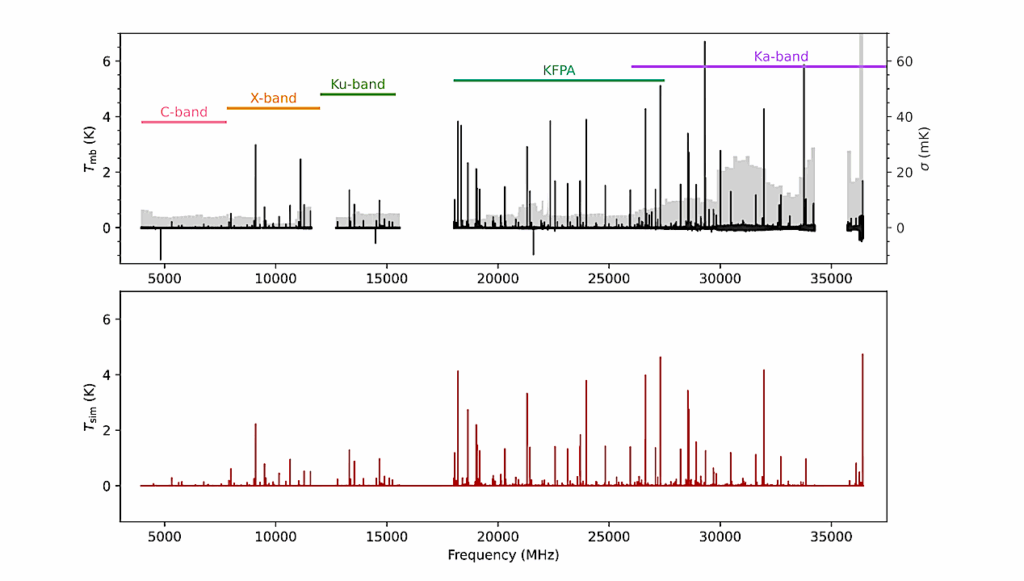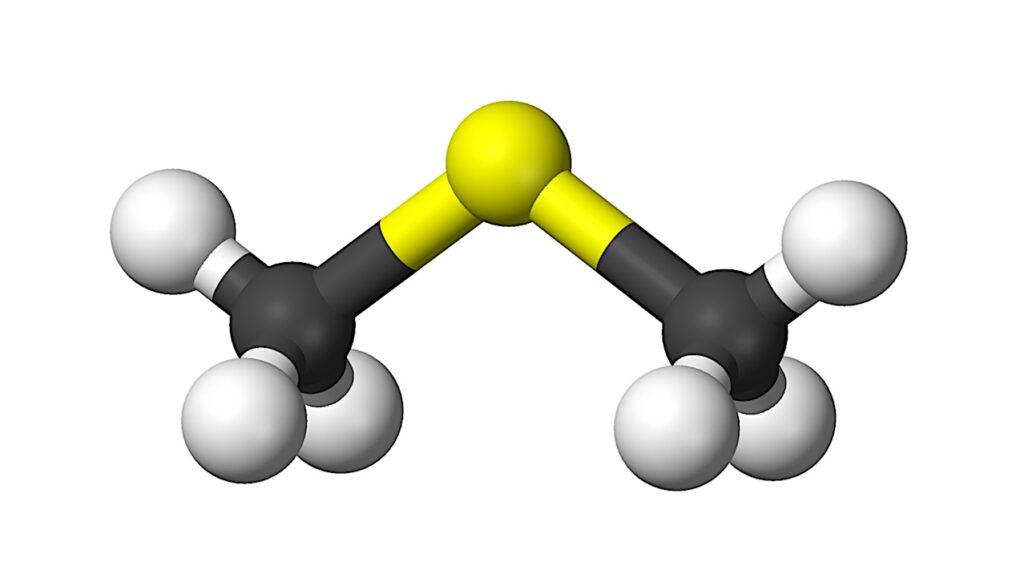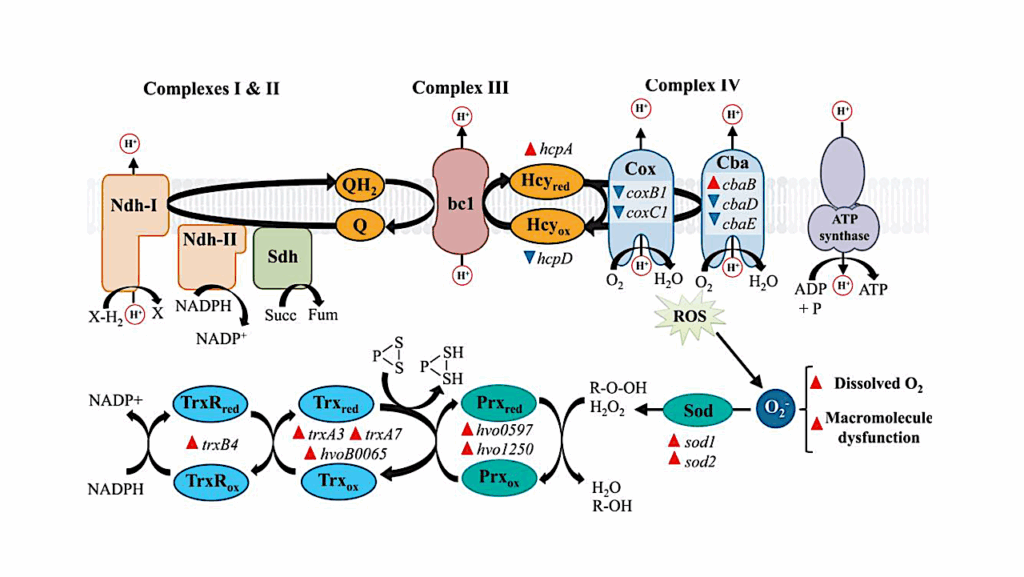The Central Dogma Of Biological Homochirality: How Does Chiral Information Propagate In A Prebiotic Network?

Biological systems are homochiral, raising the question of how a racemic mixture of prebiotically synthesized biomolecules could attain a homochiral state at the network level.
Based on our recent results, we aim to address a related question of how chiral information might have flowed in a prebiotic network. Utilizing the crystallization properties of the central RNA precursor known as ribose-aminooxazoline (RAO), we showed that its homochiral crystals can be obtained from its fully racemic solution on a magnetic mineral surface, due to the chiral-induced spin selectivity (CISS) effect.
Moreover, we uncovered a mechanism facilitated by the CISS effect through which chiral molecules, like RAO, can uniformly magnetize such surfaces in a variety of planetary environments in a persistent manner. All this is very tantalizing, because recent experiments with tRNA analogs demonstrate high stereoselectivity in the attachment of L-amino acids to D-ribonucleotides, enabling the transfer of homochirality from RNA to peptides.
Therefore the biological homochirality problem may be reduced to ensuring that a single common RNA precursor (e.g. RAO) can be made homochiral. The emergence of homochirality at RAO then allows for the chiral information to propagate through RNA, then to peptides, and ultimately, through enantioselective catalysis, to metabolites. This directionality of the chiral information flow parallels that of the central dogma of molecular biology–the unidirectional transfer of genetic information from nucleic acids to proteins.
S. Furkan Ozturk, Dimitar D. Sasselov, John D. Sutherland
Comments: 8 pages, 4 figures
Subjects: Biological Physics (physics.bio-ph); Chemical Physics (physics.chem-ph)
Cite as: arXiv:2306.01803 [physics.bio-ph] (or arXiv:2306.01803v1 [physics.bio-ph] for this version)
https://doi.org/10.48550/arXiv.2306.01803
Focus to learn more
Submission history
From: Sukru Furkan Ozturk
[v1] Thu, 1 Jun 2023 17:17:51 UTC (24,301 KB)
https://arxiv.org/abs/2306.01803
Astrobiology








